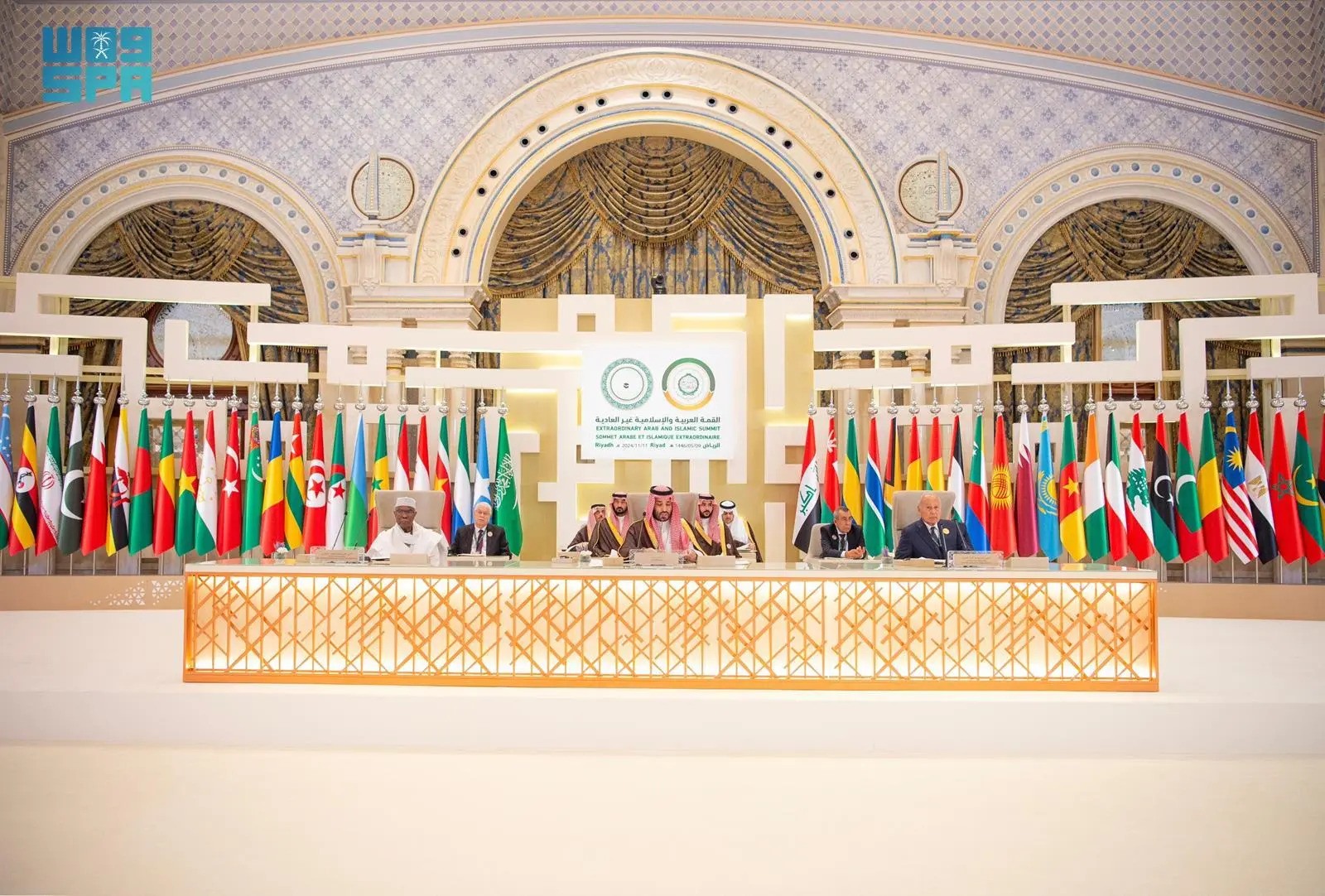As President-elect Donald Trump prepares to take office, the Middle East presents a dramatically altered landscape. The region, shaped by a decade of conflict, diplomacy, and shifting alliances, demands a nuanced approach to protect U.S. interests. F. Gregory Gause III, a prominent expert on Middle Eastern politics, outlines the challenges and opportunities the new administration faces in his recent analysis published in Middle East Institute. His insights highlight the complexities of addressing Syria, Iran, Saudi Arabia, and the Israeli-Palestinian conflict in this evolving geopolitical environment.
Syria: Managing Risks Without Escalation
Syria remains a focal point of U.S. foreign policy, especially in light of the enduring threat posed by ISIS. Despite President-elect Trump’s statement last month that Syria is “not a core interest” for the United States, Gause cautions against a premature withdrawal. “The ISIS threat is real,” he asserts, emphasizing the risks if the U.S.-backed Syrian Democratic Forces (SDF) lose control of detention facilities housing ISIS fighters and their families.
The volatile dynamics between Turkey and the SDF could further destabilize the region. Gause recommends a strategic approach, urging Washington to “use the promise of sanctions relief to secure Turkish commitments to refrain from attacks on the SDF.” He also advocates for maintaining U.S. forces in Syria until “a satisfactory solution to the ISIS problem is found.” Stability, he notes, will require addressing Kurdish rights within a broader framework to ensure long-term peace.
Iran: Avoiding the Perils of Regime Change
Iran’s diminished influence in the region presents a potential opening for U.S. diplomacy, but Gause warns against the pitfalls of an aggressive regime-change agenda. “Just because Tehran is down does not mean that it is out,” he observes, stressing that policies of “maximum pressure” could provoke Iran to “cross the nuclear threshold” or escalate attacks on U.S. and allied interests.
Instead, Gause advocates for a balanced approach that combines economic pressure with diplomatic overtures. “Both Iran’s nuclear program and its missile arsenal should be on the table this time,” he advises, emphasizing the importance of addressing Tehran’s regional interference as part of any negotiation. By avoiding overreach, the United States can prevent further destabilization and potentially bring Iran back to the negotiating table.
Saudi Arabia: Shifting Priorities
Saudi Arabia’s regional strategy has undergone a significant transformation under Crown Prince Mohammed bin Salman, driven by the economic ambitions of Vision 2030. Gause highlights that Riyadh’s rapprochement with Tehran in 2023 signals a recalibration of priorities. “The Saudis are unlikely to join a new ‘maximum pressure’ campaign against Iran,” he notes, suggesting that the kingdom’s focus has shifted from confrontation to economic development.
Public criticism of Israel’s Gaza campaign has further complicated Saudi Arabia’s potential inclusion in the Abraham Accords. Gause explains, “The benefits of an open relationship with Israel are now reduced; the costs have increased.” This shift underscores the delicate balance Riyadh must maintain between pursuing normalization and addressing domestic and regional sensitivities.
Israeli-Palestinian Conflict: Limited Prospects
The recent Gaza war has left the Israeli-Palestinian conflict at an impasse. Gause is skeptical of the likelihood of progress, stating, “The Netanyahu government shows no interest in the territorial compromises necessary for a two-state solution.” While another American-led peace initiative appears unfeasible, he identifies areas where U.S. diplomacy could make a difference, such as mediating disputes involving Israel, Syria, and Lebanon.
By focusing on these narrower objectives, Washington could reduce tensions and foster stability without overcommitting to a conflict that has eluded resolution for decades.
A Pragmatic Path Forward
Gause emphasizes the importance of prioritizing regional stability over ambitious interventions. He warns, “The temptations to take advantage of Iran’s setbacks to push for regime change could involve the United States in a new Middle East adventure that is more likely to fail and even backfire.”
The challenges in Syria, Iran, Saudi Arabia, and the Israeli-Palestinian conflict underscore the need for a measured approach. Gause advises the Trump administration to leverage diplomacy, maintain critical alliances, and avoid policies that could exacerbate regional tensions. With careful engagement, the United States can navigate the complexities of a changing Middle East, advancing its strategic interests while fostering long-term stability.








